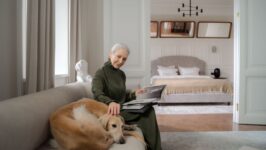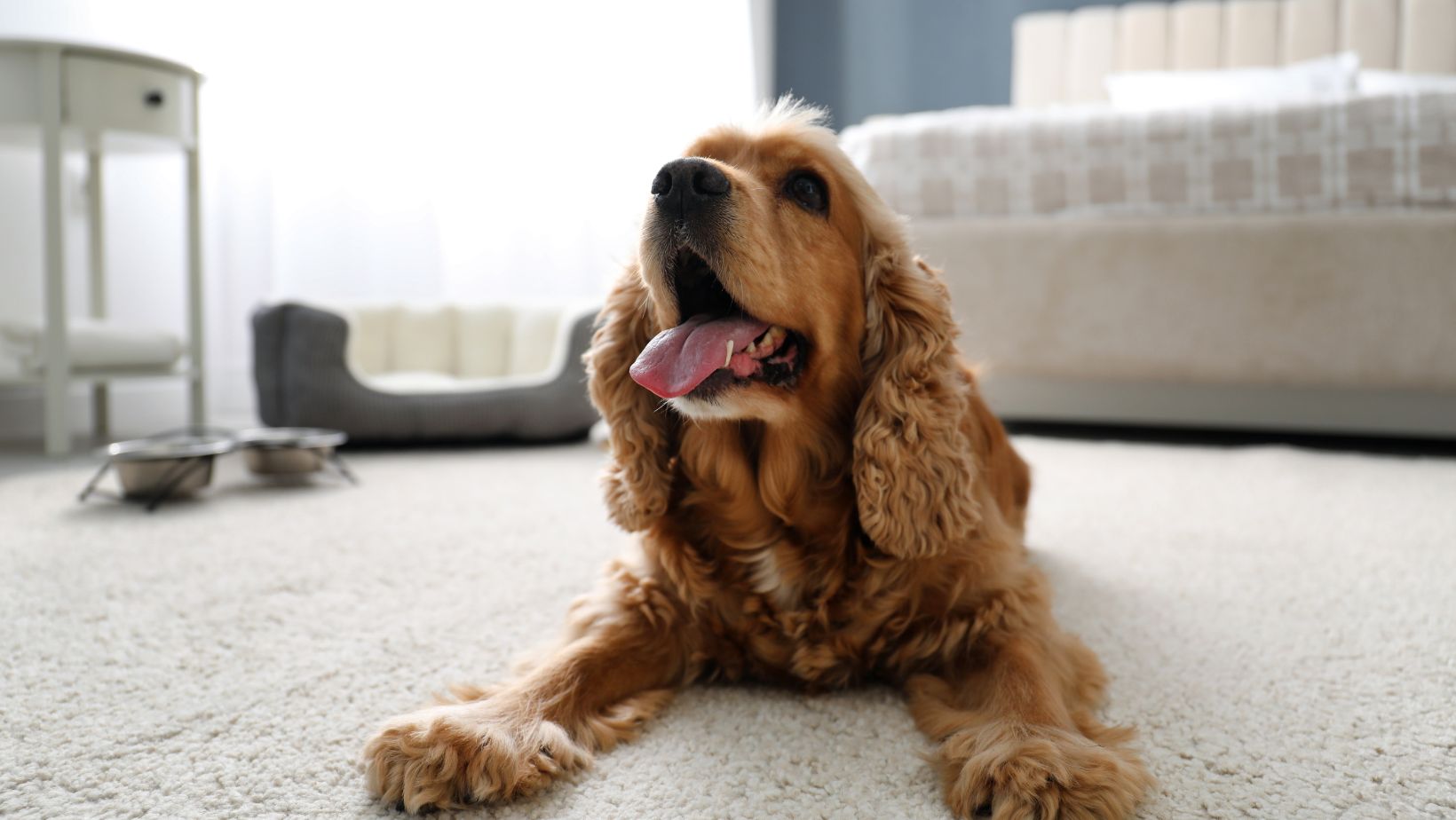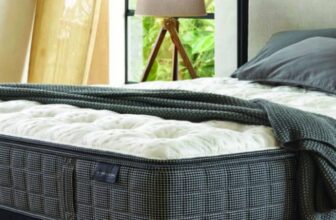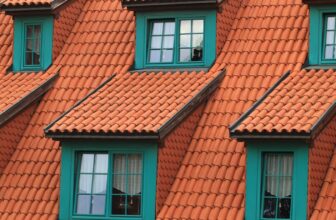
Seamlessly Integrating Pet-Friendly Features in Your Home’s Design
For many of us, pets are cherished family members. As such, our homes should be as welcoming to them as they are to us.
Modern home designs often factor in pet-friendly features, ensuring that our furry friends live comfortably and safely.
Delving into the Essentials: Safety and Comfort First
For pets to truly feel at home, we must put their safety and comfort at the forefront of our design decisions.
Every aspect, from the floor beneath their paws to the doors they pass through, should be tailored to their unique needs, ensuring they not only coexist but thrive within our living spaces.
Flooring: The Foundation of a Pet-Friendly Home
Flooring is the stage upon which our pets live out their daily routines. Choosing the right material can vastly improve their comfort and safety:
Hardwood: While beautiful, not all hardwoods are created equal for pets. Seek out harder woods, such as oak or maple, and finishes that boast scratch resistance. This ensures a beautiful floor that stands up to playful claws.
Tile or Stone: These materials, especially natural stone or ceramic tiles, are durable choices that also offer a cool respite for pets during hot months. They’re easy to clean, making pet messes a breeze to handle.
Vinyl: Modern luxury vinyl flooring is both stylish and practical. It’s gentle on the paws, resistant to scratches, and can mimic the appearance of pricier materials without the associated maintenance hassles.
Integrating the Best Dog Door for Sliding Glass Doors
Dog doors are more than just passages; they’re gateways to freedom and stimulation for our canine companions:
Safety First: The world beyond our homes isn’t always safe. Choosing doors with advanced features like electronic activation can ensure that only your pet has access, keeping potential intruders or stray animals out.
Location and Destination: Where the door leads is just as vital as the door itself. A secured yard or a dedicated pet patio made out of patio pavers can be ideal. If you have a garden, ensure it’s free from toxic plants or potential escape routes.

Size and Design: Aesthetics and functionality should go hand in hand. Measure your dog’s height and width to choose a door that they can comfortably pass through. As for design, modern dog doors can be sleek and unobtrusive, complementing rather than detracting from your home’s look.
Curating Pet Zones: Spaces Just For Them
Our pets, like us, benefit from having spaces that cater to their specific needs:
Play Area: Whether it’s a corner of the living room or a spot in the yard, a designated play zone stocked with toys can keep pets entertained. Incorporate durable storage solutions to keep toys organized when not in use.
Resting Nooks: Think about the places your pets love to relax. Perhaps it’s a sunny spot by the window or a quiet corner. Enhance these spaces with plush beds, cushions, or even custom-built pet nooks that seamlessly fit into your room’s design.
Feeding Stations: Gone are the days of simple bowls on the floor. Integrated feeding stations can be stylish and functional. Think of pull-out drawer feeders in the kitchen or elevated platforms that match your dining room’s aesthetic, ensuring mealtime is a refined affair for your pet.
Pushing the Envelope: Pioneering Pet-Friendly Home Designs
When foundational pet features have been seamlessly integrated, the next step is exploring avant-garde solutions that not only cater to unique pet needs but also heighten the architectural aesthetics of our living spaces.
Cat Highways and Bungalows: Vertical Spaces for Our Feline Friends
The natural inclination of cats towards elevated spaces can be channeled through innovative design:
Wall-mounted Adventures: Consider sleek, modern shelves and platforms that not only allow cats to ascend but also enhance your wall aesthetics. Merging function with design, these additions can become conversation starters.

Stylish Cat Trees: Move over traditional, carpet-covered trees. Today’s market offers minimalist, wooden cat trees and towers that are both a play zone for cats and a design statement for homeowners.
Window Lounges: Create or purchase perch points adjacent to windows. Enhance them with cushions that match your interior decor, offering cats their own sun-kissed relaxation spot.
Streamlined Storage: Elegant Solutions for Pet Essentials
Say goodbye to pet-related clutter with design-forward storage:
Tailored Cabinetry: Think beyond generic storage. Customize cabinets to store bulky items like pet food or carriers. Integration with your existing design ensures cohesion.
Efficient Dividers: Allocate specific drawers for pet essentials. Using dividers, compartmentalize them further, ensuring items like toys, brushes, or treats have their own space.
Camouflaged Litter Zones: For cat owners, hidden litter stations can be a boon. Convert underutilized spaces, like under counters or in cabinets, into discreet litter zones, ensuring privacy for your cat and maintaining your home’s aesthetics.
A Connected Home: Smart Tech for Pet Parents
In today’s digital age, technology and pet care can converge for superior solutions:
Scheduled Nutrition: Automated feeders, equipped with timers or smartphone controls, ensure your pets are fed on time, every time, even during your busy days.
Virtual Pet Monitoring: Advanced pet cameras, some equipped with treat dispensers or interactive features, allow you to monitor and even play with your pets from afar.
Interactive Entertainment: From laser toys to automated ball launchers, tech-infused toys can keep your pets entertained, ensuring their physical and mental stimulation.
Seamless Transition: Ensuring Pets Embrace the New While Remembering the Old
Incorporating these avant-garde features requires a thoughtful approach to ensure your pets adjust smoothly and comfortably.
The Art of Slow Introduction
Patience is key when introducing pets to new home features:
Incremental Exploration: Instead of a complete overhaul, introduce your pet to one new feature at a time, ensuring they’re comfortable before moving to the next.
Rewards and Encouragement: Celebrate their curiosity! Whenever they explore or use a new feature, positive reinforcements like treats or verbal praise can make the experience positive.
Maintain Familiar Touchpoints: Amidst the new, ensure some familiar elements remain constant, like the location of their bed or toys, to provide a sense of continuity.
Recapturing Routine Post Renovation
Change can be unsettling for pets. Helping them revert to their old routine post any upheaval is paramount:
A Sanctuary Amidst Chaos: During renovations, designate a quiet area untouched by the changes, where your pet can retreat and relax.
Routine Anchors: Even if their environment shifts, maintaining consistent feeding, walking, or playtimes can provide a reassuring anchor.
The Comfort of the Known: Amidst new additions, ensure their favorite toys, blankets, or beds are easily accessible. These familiar objects can be a source of solace during transitions.
Takeaway
Creating a pet-friendly home goes beyond just the basics. It involves weaving in features that cater to their unique needs while ensuring the design remains cohesive and stylish.
By prioritizing their safety and comfort, and innovatively integrating elements, our homes become truly inclusive spaces.
Harmonious blend of design and functionality makes for a happy home—for both humans and pets.



















































































